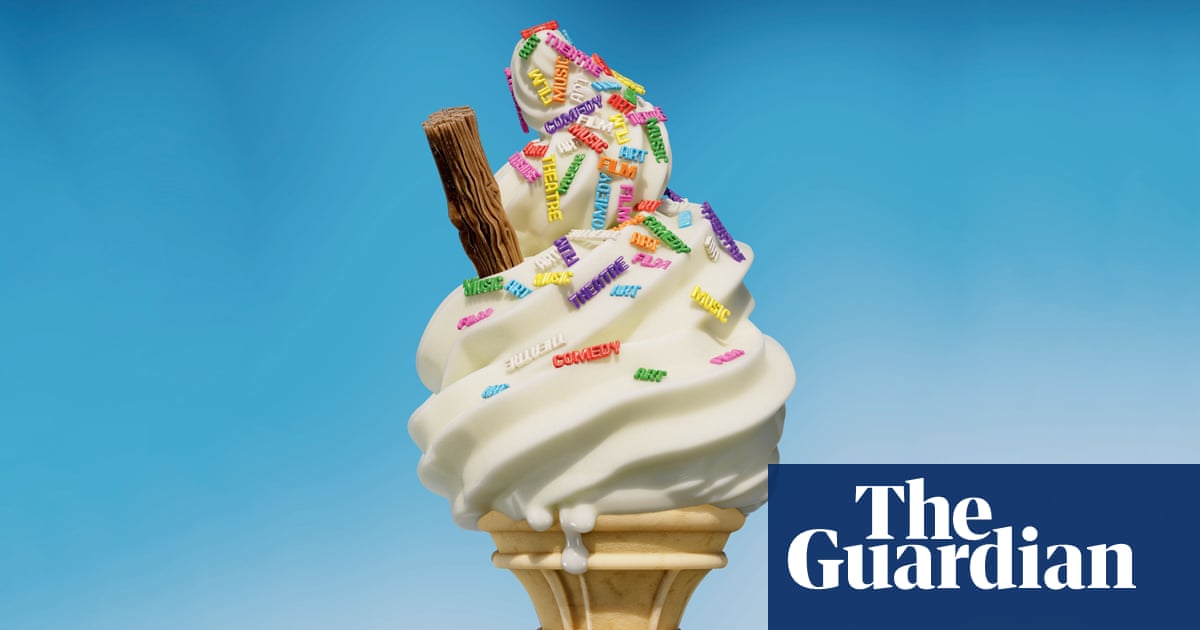
Jameel Arts Center is overlooking the Dubai Creek at the Jeddaf Waterfront
The center is home to a library that houses a thoughtfully selected collection of over 2,500 books and documents
DUBAI: Overlooking the Dubai Creek at the Jaddaf Waterfront is the newly inaugurated and much anticipated Jameel Arts Center. A non-profit independent arts institution, it was brought to life by Art Jameel, the Saudi foundation that has patronized artistic and educational initiatives across the Arab world since 2003.
The center — which opened November 11 — is a welcome and necessary contribution to the growth of the United Arab Emirates’ nascent cultural scene. However what distinguishes the Jameel Arts Center is its own singular vision of becoming the Gulf region’s first contemporary arts museum — accessible to all audiences. Aside from curating exhibitions, the organizers also plan to run talks, symposia, and art-writing commissions in 2019.
In addition, the center offers bespoke areas of tranquility, reflection, and curiosity in its courtyard gardens (containing 33 varieties of desert plants) and a spacious sculpture park. Masterminded by Ibda Design and developed by Dubai Holding, the Jaddaf Waterfront Sculpture Park bills itself as “the Gulf’s first open-air art park” and features sculptures from Emirati artist Mohammed Ahmed Ibrahim, British land artist David Nash, and artist collective Slavs and Tatars, among others.
A research-driven space, the center is also home to a library that houses a thoughtfully selected collection of over 2,500 books and documents — including exhibition catalogues, monographs, and journals — focused on the cultural history of the Gulf and the Middle East.
“Over the last 15 years Dubai has become the art market center,” Antonia Carver, the director of the Jameel Arts Center, told Arab News. “There is a fantastic base of galleries, artist studios, and there is also an incredibly engaged public. But the one element that was missing was a contemporary arts museum.”
She explained that one of the key ideas behind the center is to establish a venue where local, regional, and international artists can present their works to UAE audiences, as opposed to always looking overseas for exhibition opportunities.
True to Carver’s word, throughout the center’s 10 gallery spaces, opening exhibitions display works from more than 40 multidisciplinary artists from around the world. In particular, four spaces are dedicated to “Artist’s Rooms,” which separately showcase conceptual works by female artists.
One of them is the Saudi artist Maha Malluh, whose eye-catching display of around 400 burnt cooking pots demonstrates her passion for collection items from flea markets and re-ordering them in a narrative that reflects “personal and communal histories.”
Taking over another room is Berlin-based artist Chiharu Shiota’s installation “Departure,” commissioned especially for the center. Using 2,500 balls of woven, blood-red yarn connected to a wooden dhow, Shiota drew inspiration from the UAE’s status as a “place of trade and confluence,” the center’s press release explained. Additionally, the complex, web-like installation bears emotional value “exploring themes of displacement and memory.”
At the heart of the center’s public programming is its inaugural group exhibition, “Crude,” curated by UAE art historian Murtaza Vali — a thought-provoking show in which contemporary artists tackle the vital and complex role that oil played in shaping the Middle East’s rise to capitalist modernization and consumerist culture, through an array of photographs, paintings, installations, and archival footage.
Shifting from the interior to the exterior, the building’s architecture looks modern with its large windows and elegant straight lines, but is, in fact, rooted in traditional aesthetics. Lead architect Christopher Lee of Serie Architects — designers of London’s BMW Olympics Pavillion (2012) and Patna’s Science Museum (2017) — pointed out that the box-like structure of the center was inspired by the UAE’s traditional housing style, known as Sha’abi. Composed of a cluster of rooms surrounding a courtyard, the Sha’abi style gives an impression of community, which is reflected in the center’s inviting and open atmosphere.
Art Jameel plans to open a similar venue — the Hayy: Creative Hub — in Jeddah toward the end of next year.












